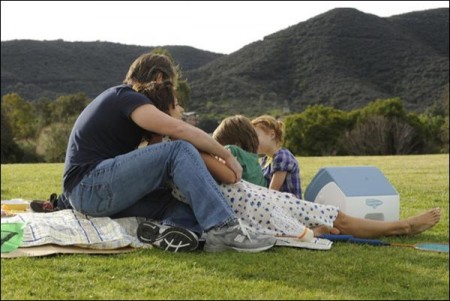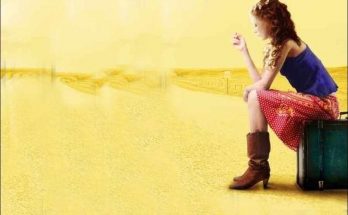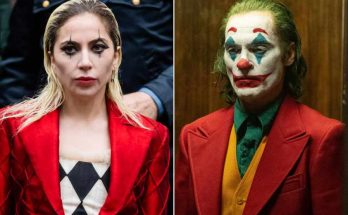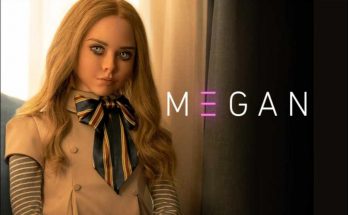Russell Crowe reunites with several key regular members of his behind the scenes team, including production designer Clay Griffith and editor Mark Livolsi, A.C.E. New to Cameron’s team are director of photography Rodrigo Prieto, ASC/AMC and costume designer Deborah L. Scott.
Griffith notes that Crowe’s visual palette for WE BOUGHT A ZOO was inspired by the Neil Young Harvest album, the 2007 Sigur Rós documentary, Heima, and the aforementioned Bill Forsythe film, Local Hero. “The connective tissue between those three works is that they have soul,” notes Griffith. “Cameron always likes to find the poetry in things.”
Over the years, Crowe and Griffith have developed a close working relationship and design shorthand. Griffith recalls that he would show Crowe images that would evoke thoughts and feelings they could bring into the set. “Cameron would counter with another photograph, so we had this kind of visual and verbal dialogue.”
We Bought A Zoo also marks the first collaboration between Crowe and costume designer Deborah L. Scott, whose many credits include E.T.: The Extra-Terrestrial, Back to the Future, Titanic and Avatar. Scott notes that Benjamin is an “everyman figure, so with him there’s nothing that’s too fashionable. It’s just basic, functional ‘man clothes’ – he’s a real guy’s guy.”
For Scarlett Johansson’s Kelly Foster, Scott went for a modern day extension of legendary animal researchers and naturalists Jane Goodall and Dian Fossey. “Those women brought enormous sensitivity and femininity and warmth to the environment. When I looked at pictures of Jane Goodall and how beautiful she was, it just struck a chord.”
Scott also designed clothing for Crystal, the capuchin monkey and sidekick to zookeeper Robin Jones. “I might have done something for a dog or cat on a movie, but never for a monkey,” she laughs. “It came as a little bit of a surprise. Crystal was pretty amazing. Once I got the basic pattern down, she would stand there and you’d hold the little pants out and she’d step in just like a small child. It was easy. And no backtalk!”
WE BOUGHT A ZOO was filmed on locations around Los Angeles before moving 30 miles north to Greenfield Ranch in Thousand Oaks, where the Rosemoor Animal Park set was constructed. The completed zoo contained animal enclosures, walking paths, water features, diverse flora and fauna, an observation tower, a sculpture garden, and an amphitheater.
The Rosemoor Animal Park sets took nine months to design and build. The excavation and construction occurred over a four-month period, taking the combined efforts of over 140 carpenters, painters, prop makers, plasterers, sculptors, sign makers, and landscapers, along with the art department staff of art directors, set designers, and set decorators.
The Mee Family home, a 4,000 square foot, two-story, American Colonial farmhouse, painted in Cape Cod Gray, was the only residential structure built from scratch at the Greenfield Ranch location. Griffith says that aside from building the zoo, the farmhouse was the most enjoyable part of his job. “There’s something viscerally exciting about building a house from the ground up,” he relates. “What I really found interesting what the house’s size, its relation to its setting, the age of the trees, and the big, pastoral landscape behind it. You’re definitely in another world.”
Finding the spot on the sprawling property to erect the eight-acre zoo was a challenge. When the property was first scouted there was no road leading to the eventual site. (Griffith recalls it was just “five foot tall grass and rattlesnakes.”) But from a specific perspective, the area looked like Dartmoor Zoo, the real-life zoo purchased by Benjamin Mee.
Once Griffith began his design work for the zoo, he and his art directors met with animal coordinator Mark Forbes to determine and coordinate the placement of the animal enclosures. He recalls Forbes telling him, “Don’t put the tigers near the bears. Don’t let the lions and the tigers see each other. And don’t ever, ever, ever let the lion, tigers and bears see any of the hoofed animals. “I told Mark, ‘Great, you just spread the zoo out everywhere,” Griffith laughs. ‘I can’t have anything that’s even remotely near each other.’ But it worked out really well, although we spent an exorbitant amount of time plotting out where each specific enclosure would go.”
Griffith and his team did extensive research on what each enclosure would need to house its respective animal. “We looked at small zoos and large zoos,” he says. “We talked to people from the LA County Zoo, the Orange County Zoo, and the Tucson Zoo, where my art director spent a week looking at their operations. Part of what Cameron wanted to do was show what it’s really like to be behind the scenes at a zoo.”
Overseeing the exotic and domesticated animals featured in the film, is veteran animal coordinator, Mark Forbes, whose company Birds & Animals Unlimited has provided and trained animals for many productions. Forbes and a team of 30 specialized animal trainers worked with the nearly 75 animals featured in the film, including an African Lion, Bengal Tigers, North American Grizzly Bears, White-Backed Vultures, White-Faced Capuchins, Hamadryas Baboons, Eurasian Eagle-Owls, Crested Porcupines, Asian Small-Clawed Otters, a Binturong, Grevy’s Zebras, Ostriches, Chilean Flamingos, Indian Blue Peacocks, Peahens, a Zebu, Dromedary Camels, Alpacas, a Kangaroo, a Leopard, a Red Fox, and a Scarlet Macaw.
During production, the zoo animals were not kept in the enclosures at the zoo set. Instead, they were brought in on a daily basis as needed. The animals were all housed with their respective owners and trainers and various animal compounds in the Southern California area.
Read full production notes for We Bought a Zoo >>
Views: 231




